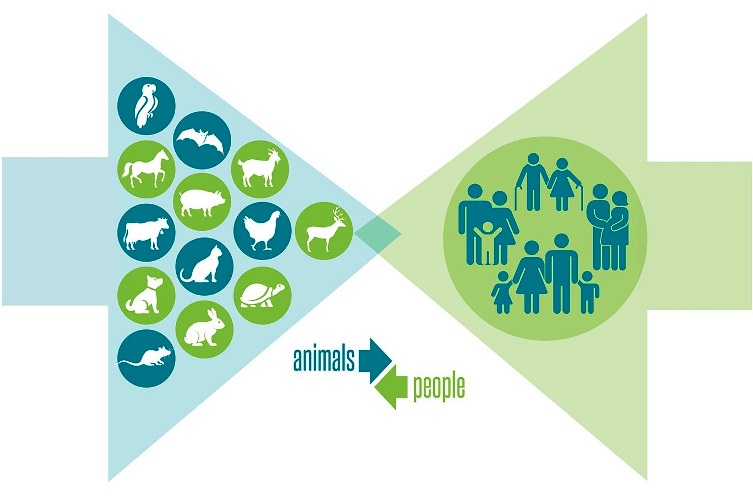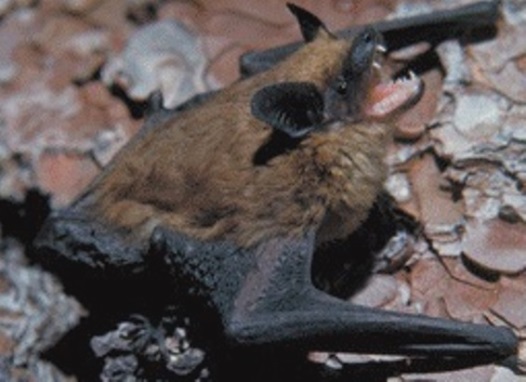The novel coronavirus SARS-CoV-2 that emerged in central China in late 2019 and subsequently spread across the world in 2020 led to the COVID-19 pandemic. The emergence of a previously unknown pathogen—such as the novel coronavirus—that could affect much of the world's population has long been anticipated by many epidemiologists, who have been especially concerned about potential consequences of human-influenced (anthropogenic) global climate change as it relates to human health and disease. In fact, as a result of ecological changes attributed to anthropogenic global warming, including altered landscapes and ecosystems, modified predator-prey relationships, habitat destruction, deforestation, and rising land and ocean temperatures, numerous infectious diseases have spread into new geographic regions in recent years, leading to more infections in animal populations. These newly infected animals are interacting with humans to a greater degree than ever before, creating more opportunities for zoonotic disease transmission (that is, transmission from animals to humans). See also: Deforestation; Ecosystem; Epidemiology; Global climate change; Global warming; Infectious disease; Novel coronavirus is declared a global pandemic; Predator-prey interactions; Virus; Zoogeography; Zoonoses

One way in which global climate change poses health risks to humans is that it can hasten the emergence, resurgence, or redistribution of infectious diseases. An infectious disease requires three components: a pathogen, a host or vector, and a transmission environment. The survival, reproduction, and distribution of pathogens, hosts, and vectors are significantly dependent upon environmental and climate conditions. For example, global climate change has led to vast habitat and biodiversity disturbances, causing many animals—and the pathogens that they carry—to move greater distances into new locations, especially places where humans live. In addition, the health of these translocated animals often becomes compromised by destruction of their natural habitats, leading to weakened immune systems that consequently make the animals more susceptible to infection by pathogens. Then, under conditions made more favorable by the effects of global climate change, pathogens can leap from infected animals to humans. (It is also possible that translocated animals first come into contact with other animals that they normally would not encounter, creating a scenario for a pathogen to find a new intermediate animal host before jumping to humans.) The coronavirus that is responsible for COVID-19 likely followed a similar pattern. Epidemiologists surmise that human contact with an animal host or vector—possibly bats (due to bat expansion into new geographic areas where humans live, followed by commerce of bats in urban animal markets)—may have been the primary starting point for the COVID-19 outbreak in China. See also: Biodiversity; Disease ecology; Immunology; Pathogen

Extreme weather events and long-term shifts ascribed to global climate change have contributed to numerous disease outbreaks in nontraditional places and outside of seasonal times. For example, increased incidences of salmonellosis, cholera, and giardiasis have been reported as a result of flooding attributed to elevated seasonal temperatures. Moreover, other infectious diseases, particularly those transmitted by insects and ticks, have arisen in new geographic areas. For example, Zika virus disease, West Nile virus, Lyme disease, and malaria have expanded beyond their traditional geographic boundaries, primarily as a result of changing landscapes. Thus, the interconnectivity of anthropogenic global climate change and infectious diseases must now be considered by scientists when determining the likelihood of future disease outbreaks, as well as epidemics and pandemics. See also: Cholera; Epidemic; Giardiasis; Lyme disease; Malaria; Salmonelloses; West Nile virus; Zika virus disease





